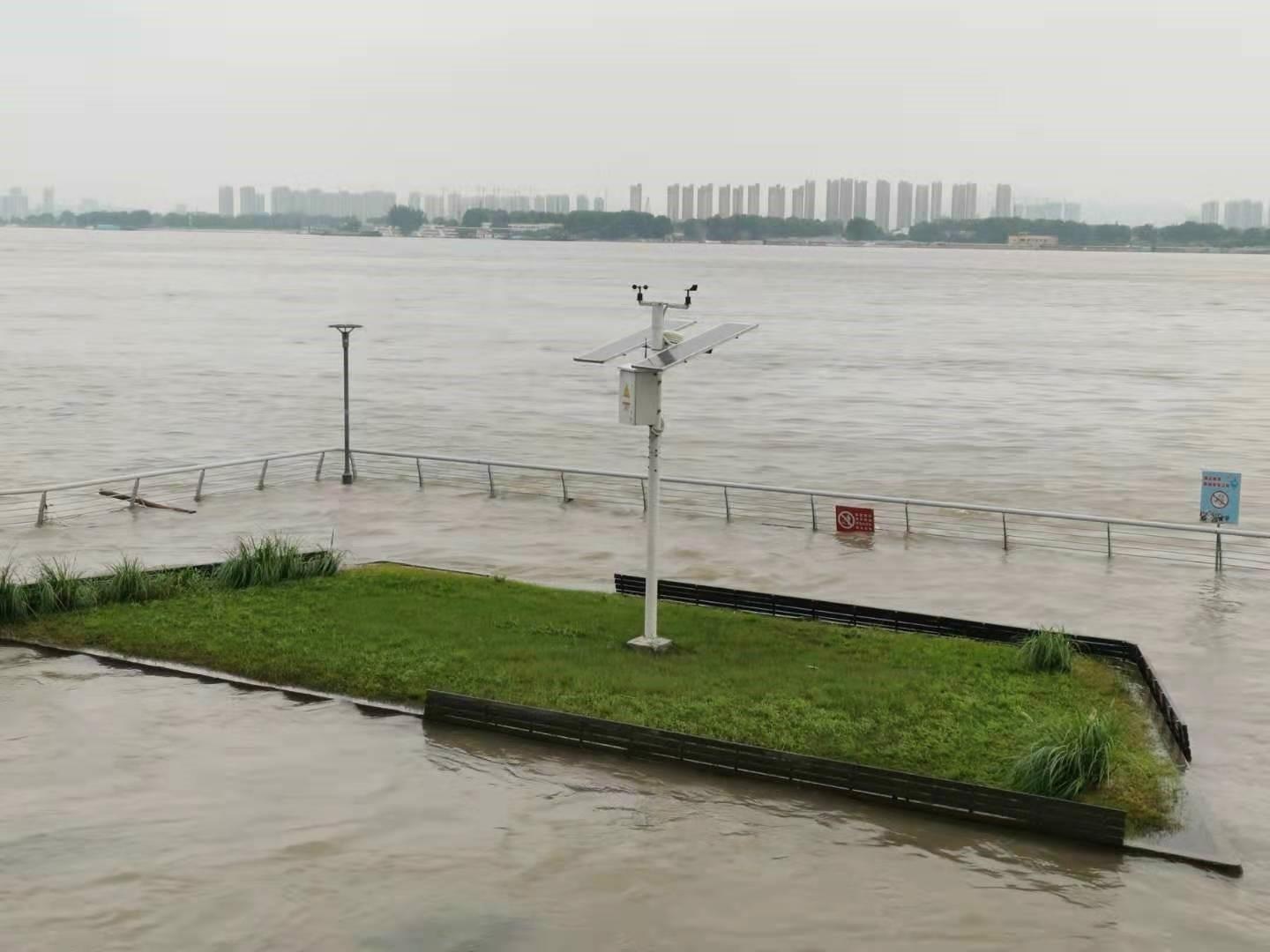Apr 29 2021
Recently, the National Climate Center (NCC) of China completed a report that offers an authoritative evaluation of China’s climate in 2020. The report gives a summary of China’s climate along with the major weather and climate events that occurred throughout the year.
 Automatic weather station near the Yangtze River in Nanjing, which flooded on July 23rd, 2020. Image Credit: Bing Zhou.
Automatic weather station near the Yangtze River in Nanjing, which flooded on July 23rd, 2020. Image Credit: Bing Zhou.
For the third consecutive year, the NCC has released an annual national climate statement in Atmospheric and Oceanic Science Letters (AOSL).
Against the background of global warming, extreme weather and climate events occur more frequently and have wide influence on society and economies. Last year, floods, droughts, typhoons, low-temperature freezing and snow disasters, and dust storms attacked China and caused severe losses.
Wei Li, Director, Climate Services Division, National Climate Center
The report states that in 2020, overall, China’s climate was wet and warm, and catastrophes due to flooding and rainstorms were more drastic than those caused by drought. In China, the mean air temperature was 0.7 ℃ above normal, and the annual rainfall was 10.3% above normal, recorded as 694.8 mm.
Southern China experienced the most acute flooding in summer with very heavy rainstorms since 1998. The impacts and losses in China due to drought were minimal. High temperatures were reported earlier than usual with extreme values, lasting longer than usual in summer over the south of China.
Landfalling typhoons were lower in number than usual and three typhoons affected Northeast China successively from late August to early September. This was the first time this has occurred since 1949. Cold-air processes had an extensive effect and caused a considerable decrease in air temperature in local regions.
When compared to the average values of the past decade, in 2020, the impacted crop area and the numbers of missing persons and deaths were considerably less, whereas direct economic losses were somewhat higher.
However, Li cautions that the threats related to climate disasters have been increasing.
The WMO announced in January 2021 that the global average air temperature in 2020 was 1.2 °C ± 0.1°C above the pre-industrial level and one of the three warmest on record. China also experienced a serious heatwave in summer and the mean air temperature in China was warmer than normal. Disaster prevention and reduction remains the focus of society.
Wei Li, Director, Climate Services Division, National Climate Center
Journal Reference:
Li, W., et al. (2021) State of China’s Climate in 2020. Atmospheric and Oceanic Science Letters. doi.org/10.1016/j.aosl.2021.100048.